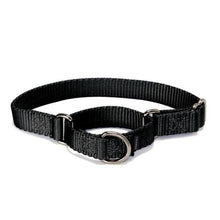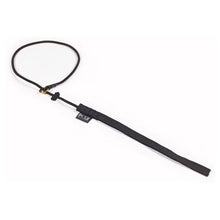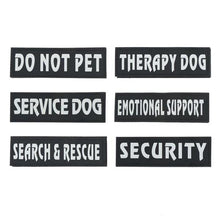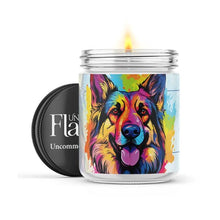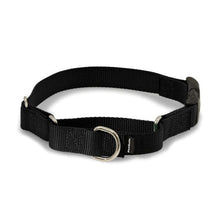How To Boost Your Dog's Self Confidence
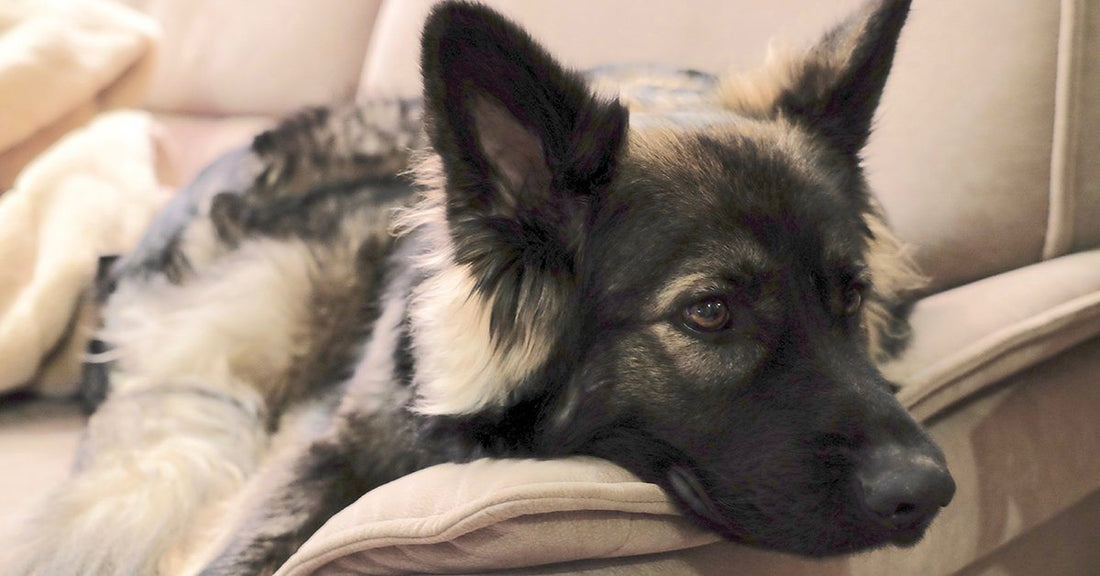
If your dog needs a dose of confidence, he’s not alone. Just like people, dogs can suffer from low confidence for many reasons, but it can usually be overcome with confidence building training techniques. Dog may suffer from low confidence due to:
- Personality traits
- Lack of socialization
- Lack of exposure to the outside world
- Fear
- Trauma
- Illness/pain
- Abuse
- Stress/upheaval /sudden drastic changes in owner’s life
Symptoms of low confidence in dogs
Common signals that a dog is suffering from low confidence usually occur when a dog is asked to learn something new, meets new people, is introduced to new places, or when a change in routine happens. For these dogs, their lack of confidence makes them hard to train, not to mention their life is not as happy as it could be. Symptoms a dog may be suffering from low confidence include:
- Shyness toward people and places
- Wariness and stress over new things
- Fear biting (not aggression)
- Submissive urination when confronted with new situations (not excited urination)
- Tucks tail between legs for no apparent reason
- Fearful of things, people, places
Dogs that suffer from lack of confidence can develop anxieties, behavior problems, or may even be suffering from an illness or injury. For these dogs, it is recommended that the dog be examined by a vet to rule out a medical condition and once in the clear, begin confidence building training as soon as possible.
Steps to build confidence in dogs:
Consistent, easy training.
Start with very simple commands and always use the same commands to avoid confusing the dog and making them more insecure. Lavish with praise and treats, make a big deal over all accomplishments and practice often. Clickers work excellent for this.
Avoid corrections.
Avoid corrections whenever possible and focus on praising the dog. For example, if you are walking the dog into the vet’s office and she stops, don’t get angry and correct, rather praise for every step forward she takes and keep encouraging her. Encourage, praise, reward while trying to stay calm. These dogs are highly sensitive and can often pick up on impatience and annoyance so train in the right frame of mind and even when frustrated, don’t let it show. Always set the dog up to succeed and give the tools to do it. You will build confidence brick by brick, success by success, so don’t move on to more complicated or distraction training until the dog is ready. Always end training on a good note even if the day went bad.
Give the dog something positive to remember – even if it’s as simple as a ride around the block, chasing a ball, or sitting for a treat so future sessions will not be a cause of stress or anxiety.
Always remember that building confidence over perfect obedience is the goal. Once your dog is confident, you can easily move on to more obedience training that will be much more enjoyable for both of you. As the dog develops more confidence, you can visit more places, try a play group on for size, take a class or maybe even discover a sport you both can enjoy.






